Irohamomiji (いろは紅葉) the Japanese red maple brings living artistry to gardens worldwide. With delicate, lobed leaves and dramatic seasonal shifts, Acer palmatum bridges tradition and modern design, from Kyoto’s temple gardens to contemporary patios.
Take care of your Japanese Red Maple Tree with our collection of gardening tools!
Basic Characteristics and Types
Japanese red maples thrive in USDA hardiness zones 5 to 8. Depending on the variety, they may remain compact for container living or grow to about 20 feet. Their signature is the shifting foliage color spring greens, deep burgundies, and fiery fall color and the diversity of leaf form (from finely cut lace-leaf to broader palmate shapes).
- Upright Japanese maples: vertical, vase-shaped tree shapes suited to use as a centerpiece.
- Weeping Japanese maples: cascading forms with graceful branch arrangement, excellent near water or pathways.
- metamorphosa® Acer palmatum: noted for striking, season-long foliage transitions.
Care and Maintenance
Thoughtful care ensures long-lived beauty within this broad hardiness range.
- Watering: Keep the root zone evenly moist with regular watering; avoid waterlogging.
- Mulch: Apply organic mulch for moisture retention and weed suppression; refresh annually.
- Soil: Enrich with composted matter, especially for container care.
- Fertilization: Use a balanced tree fertilizer lightly in spring.
- Upkeep: Clear dead leaves to reduce pest and disease pressure. Watch for root crowding in pots; if soil clinging to roots is excessive, repot.

Design and Landscaping Uses
In Japan, dwarf treasures like Acer palmatum ‘Mikawa yatsubusa’ are celebrated in bonsai and temple landscapes. Japanese red maples adapt beautifully to many settings:
- Centerpiece / focal point: a living sculpture anchoring a courtyard or entry.
- Containers for patios and balconies: choose a dwarf variety or a cascading Japanese maple.
- Companion plants: pair with azaleas, ferns, moss, and low perennials and ground covers for harmony in a Japanese-style garden.
Planting Guidelines
- Site: Choose protected locations with part sun to prevent scorch.
- Soil: Prefers well-drained soil that stays consistently moist; avoid highly alkaline soil.
- Timing: Autumn planting is ideal; spring works if you avoid late spring frosts.
- Containers: Use large containers or planter boxes with ample drainage holes to prevent root confinement. Supplement with liquid fertilizer during active growth.
- Exposure: Keep away from salt spray where possible.

Pruning and Shaping
Prune to reveal the tree’s natural form and promote airflow.
- Remove dead limbs and crossing branches; thin a dense canopy for light and airflow.
- Make strategic cuts just beyond the branch collar for proper healing.
- For height and clarity, consider limbing up toward a single-trunk tree silhouette.
- In containers, gentle shaping helps balance top growth with root confinement.
Pests, Diseases, and Problems
- Insects: aphids, mites, scale, root weevils, and borers.
- Diseases: anthracnose, botrytis, fusarium, leaf spots, stem canker, root rot, and verticillium wilt.
- Prevention: Balanced watering, good drainage, and canopy thinning to improve airflow.

Frequently Asked Questions
Can Japanese red maples grow in pots?
Yes. With proper pot cultivation, many varieties thrive. Ensure drainage holes and select cultivars with non-aggressive roots.
Why does leaf color change?
Sunlight, temperature, and season influence red foliage intensity. Some green-leafed forms turn brilliant in autumn.
Are the roots invasive?
No. Japanese red maples typically have non-aggressive roots, making them suitable for smaller gardens.
How to protect from winter damage?
Apply mulch, consider trunk wraps, and in some regions a light tar coating is used to mitigate bark loss and frost cracks.
Do they tolerate salt?
Low salt tolerance; avoid roadside splash zones.
Conclusion
The Japanese red maple is a living expression of seasonality and balance. Whether glowing on a balcony or anchoring a quiet corner, it invites contemplation. Plant thoughtfully, care consistently, and enjoy an ever-changing, ever-graceful companion.


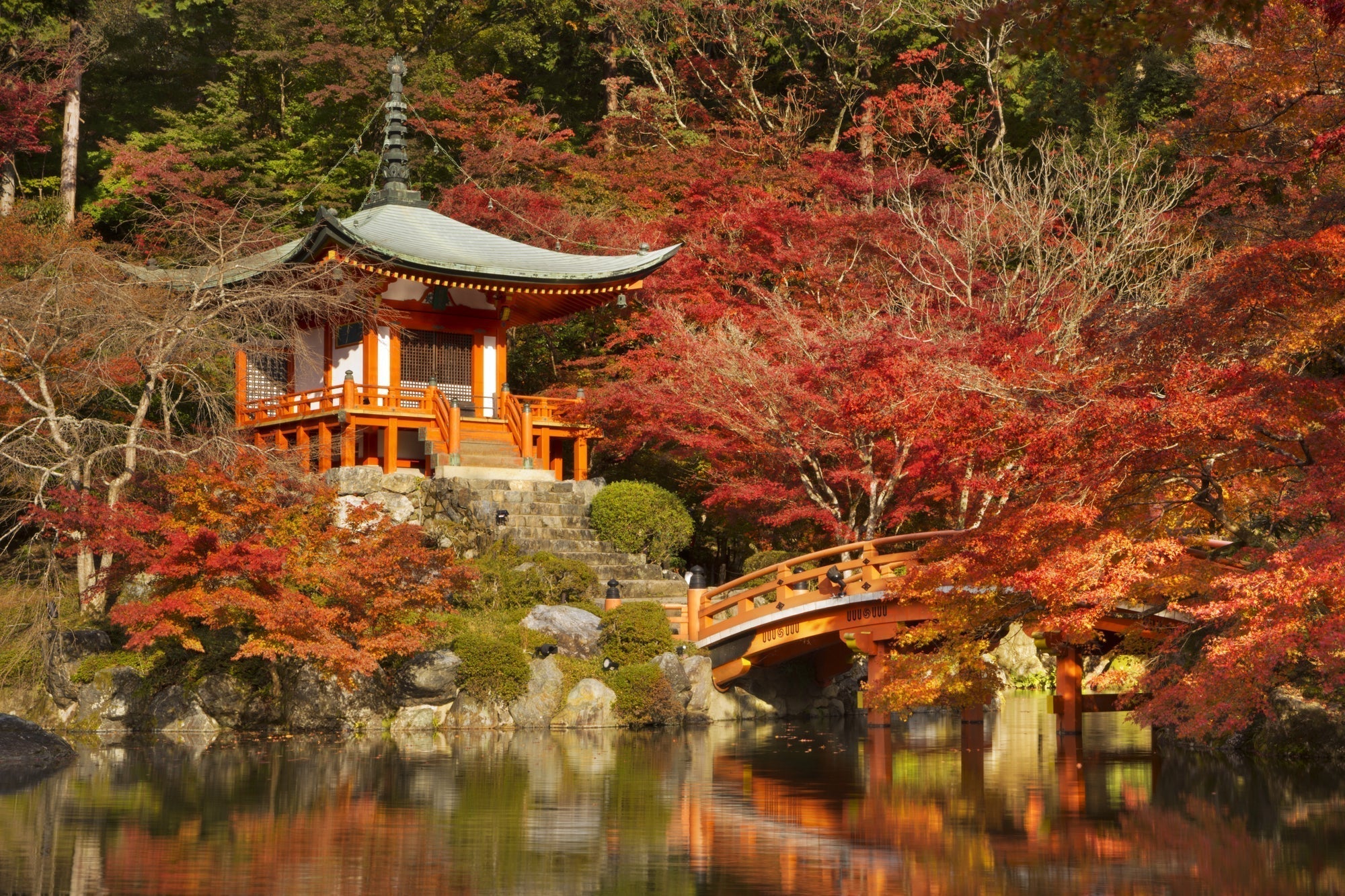

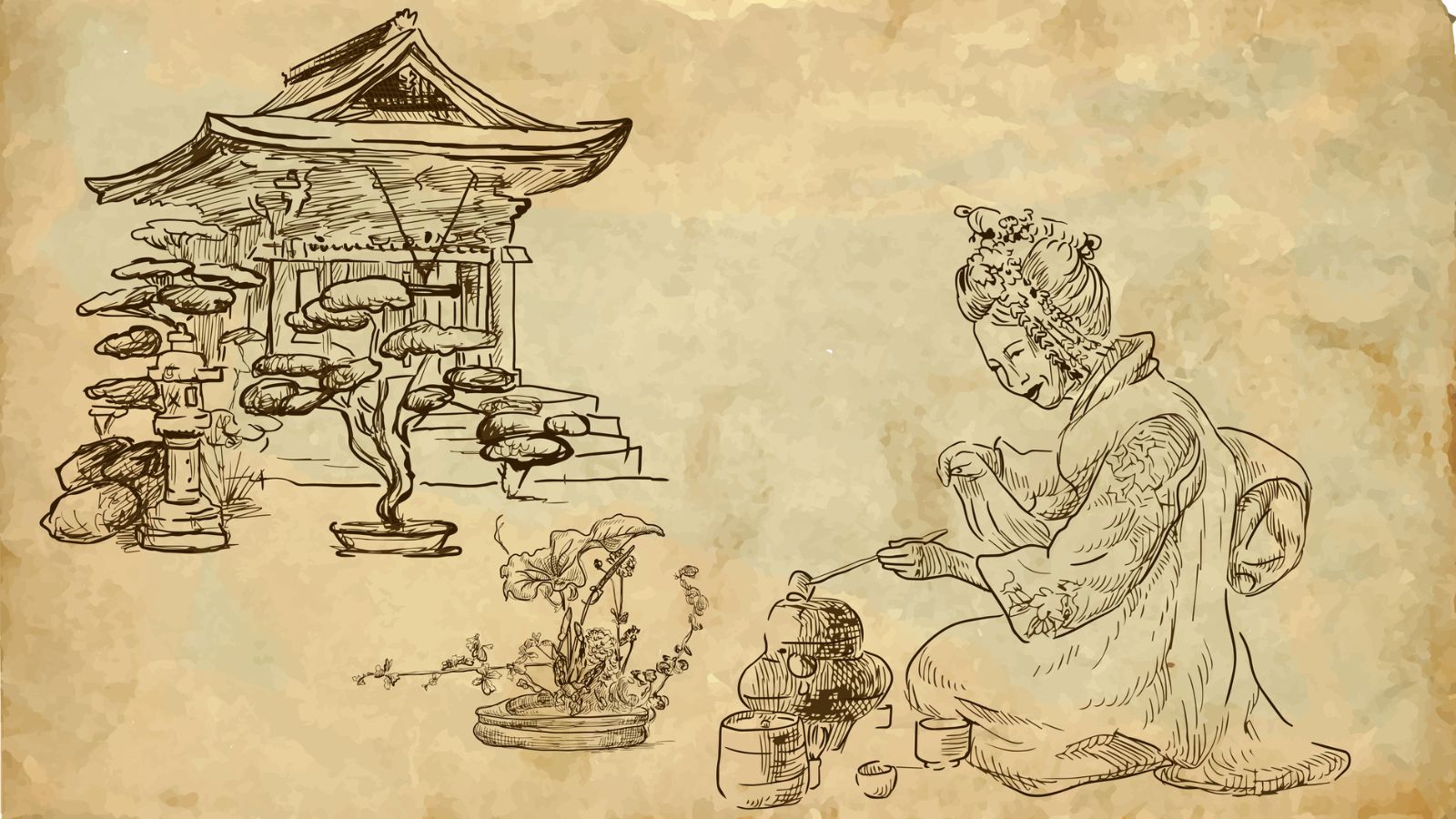
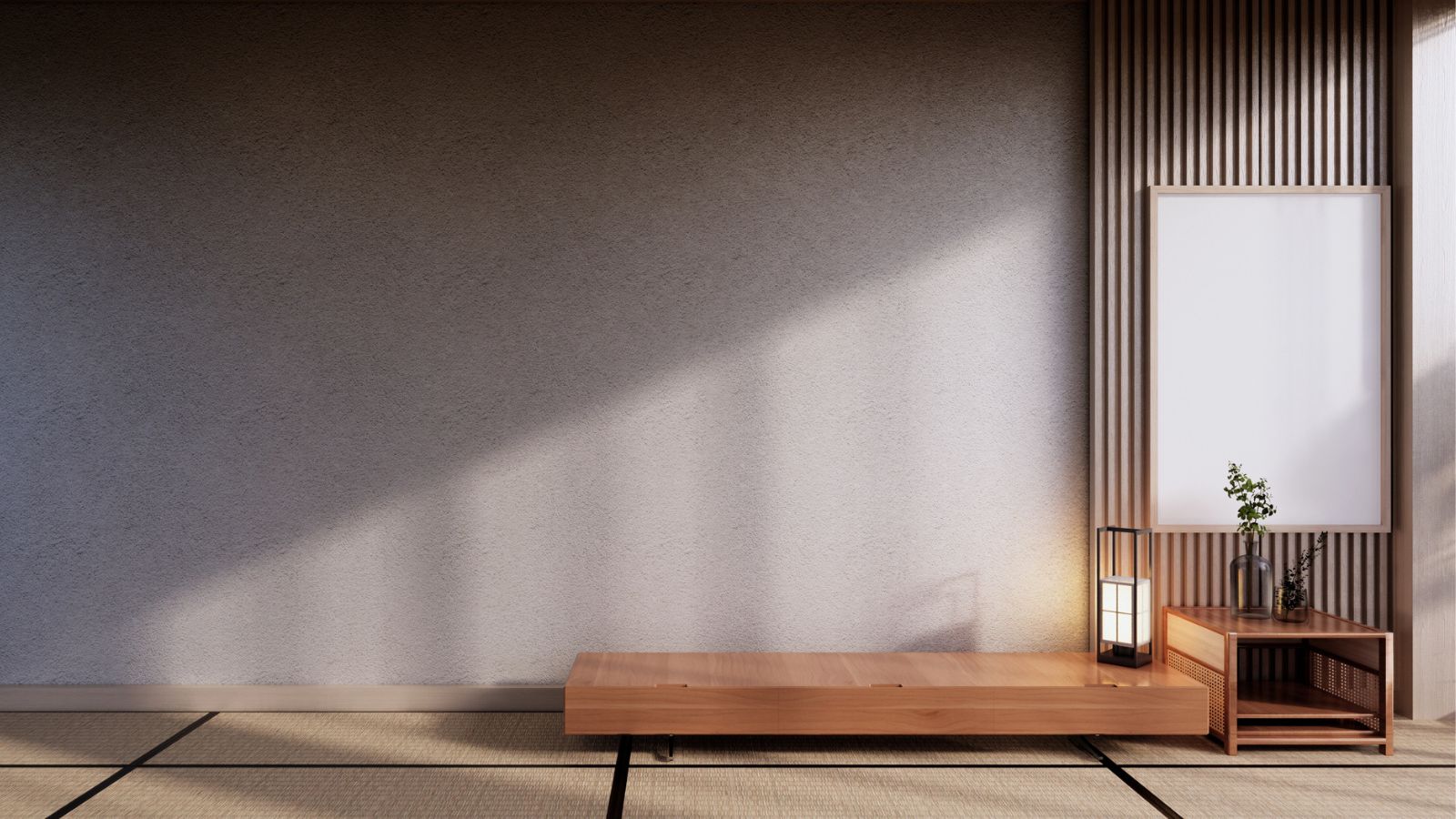

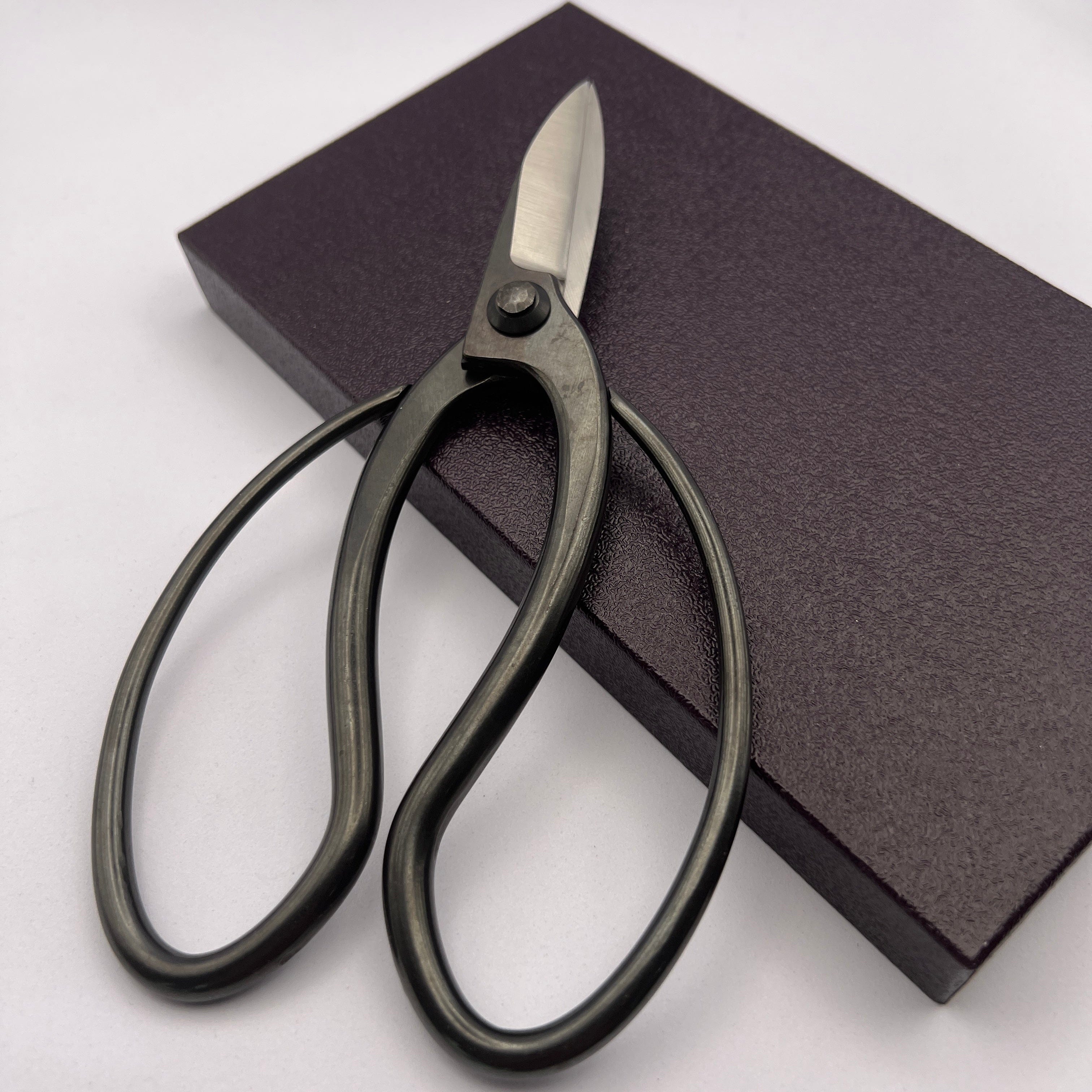

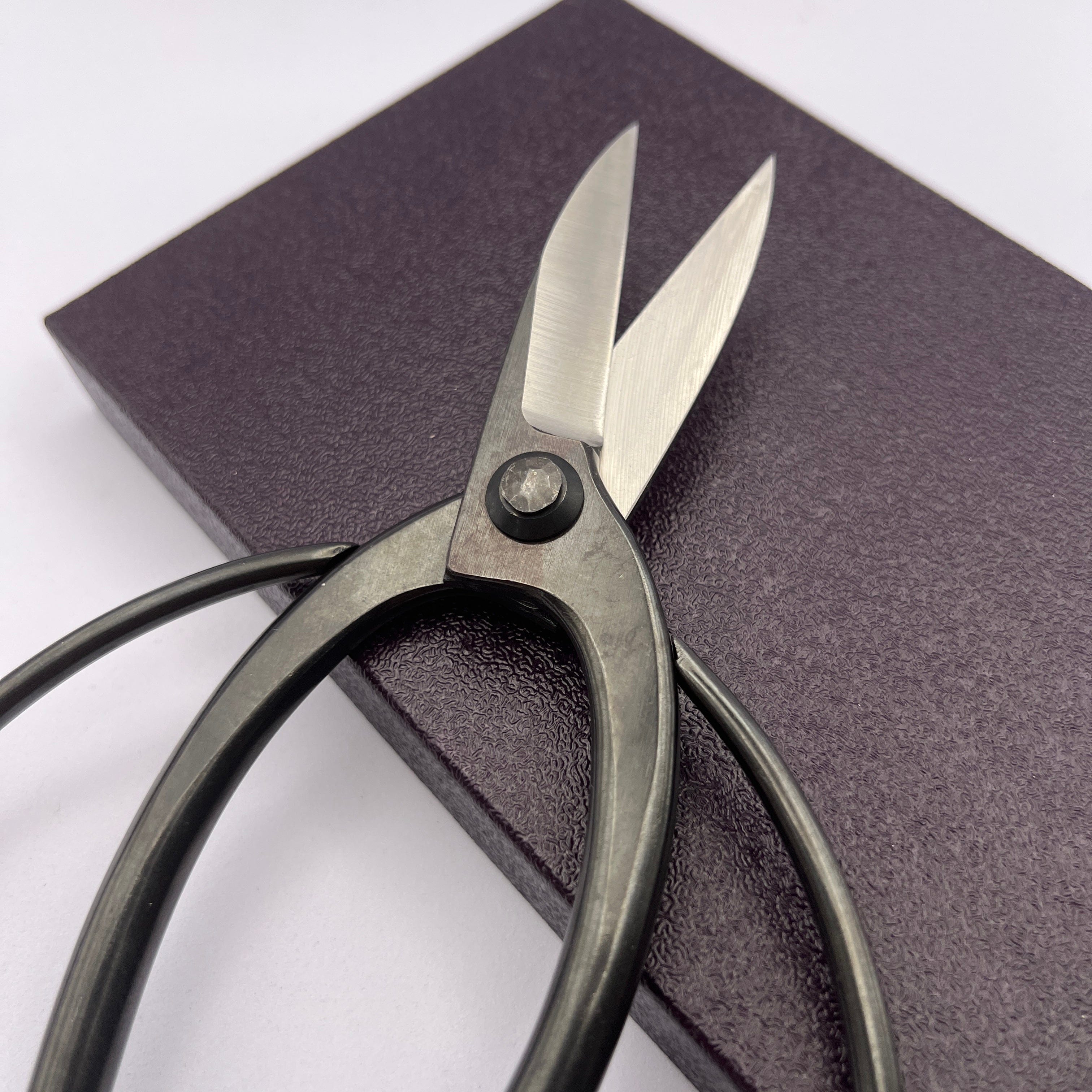
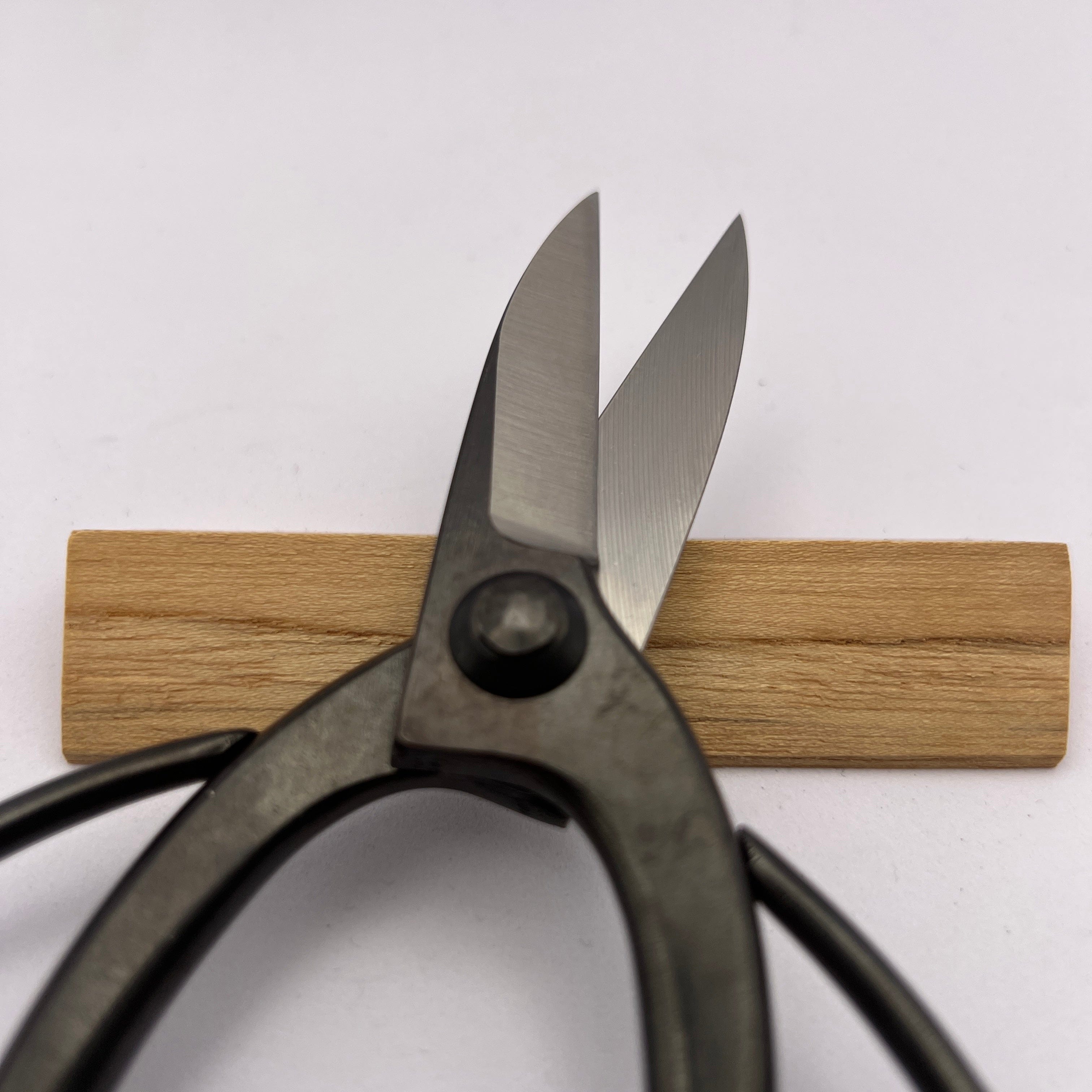
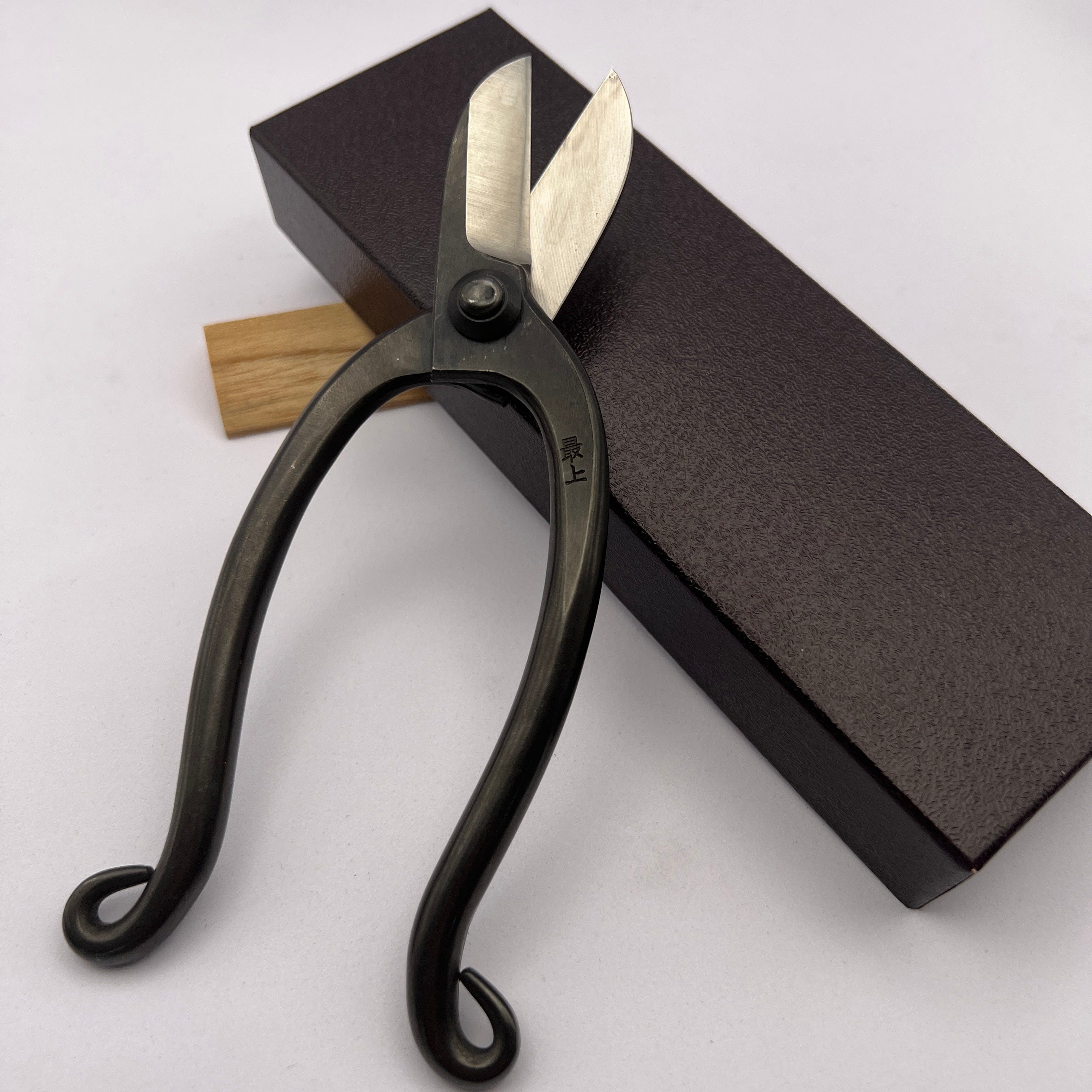
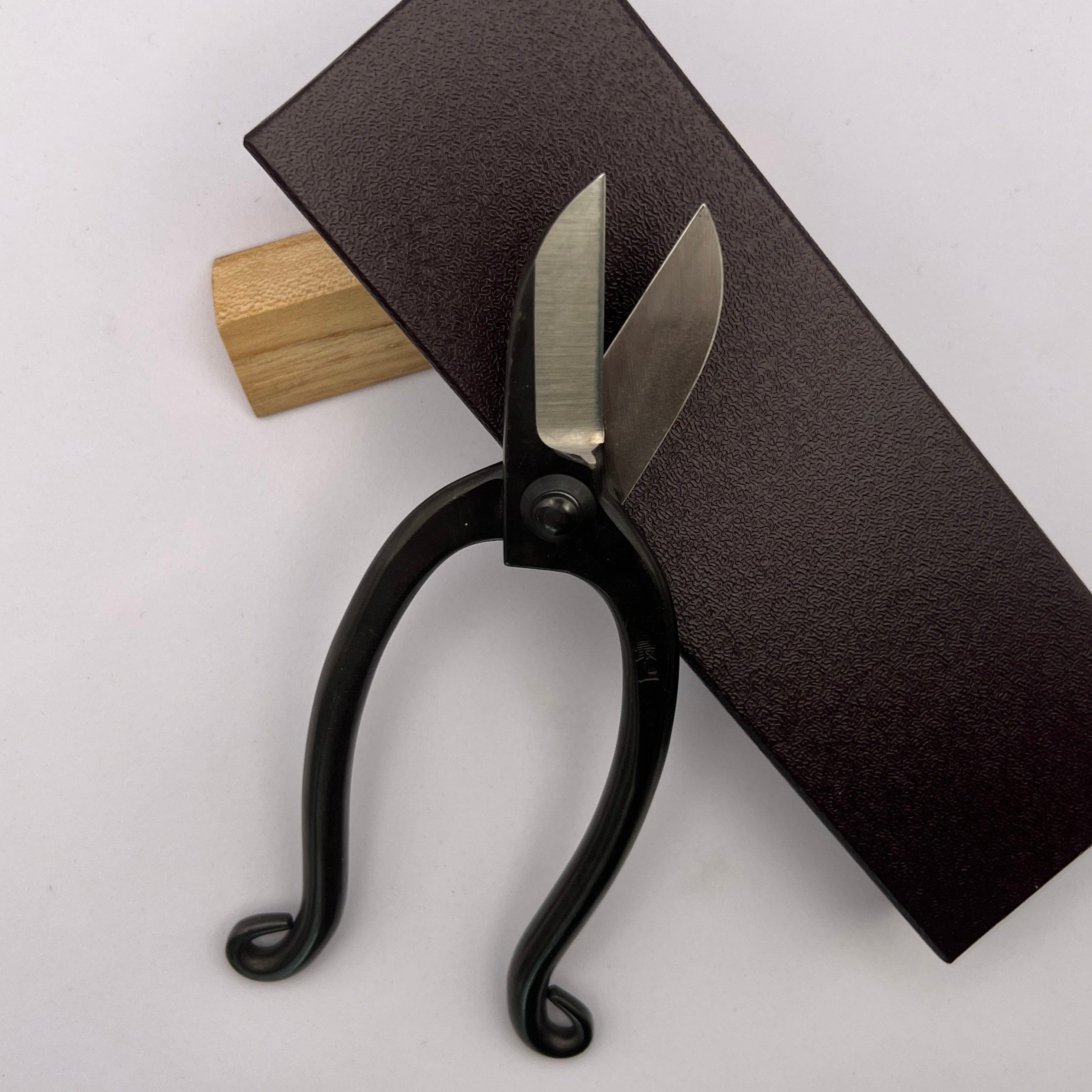
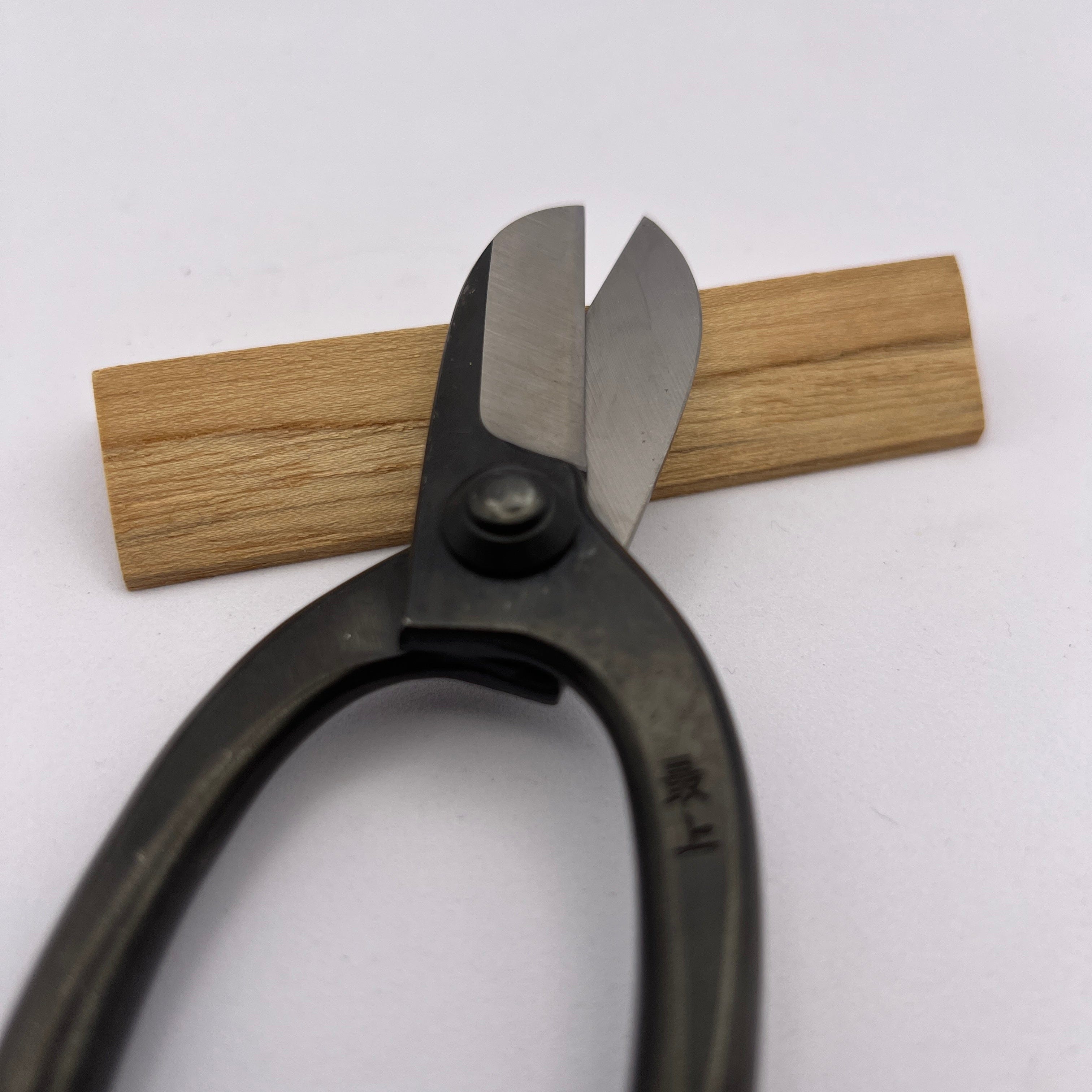
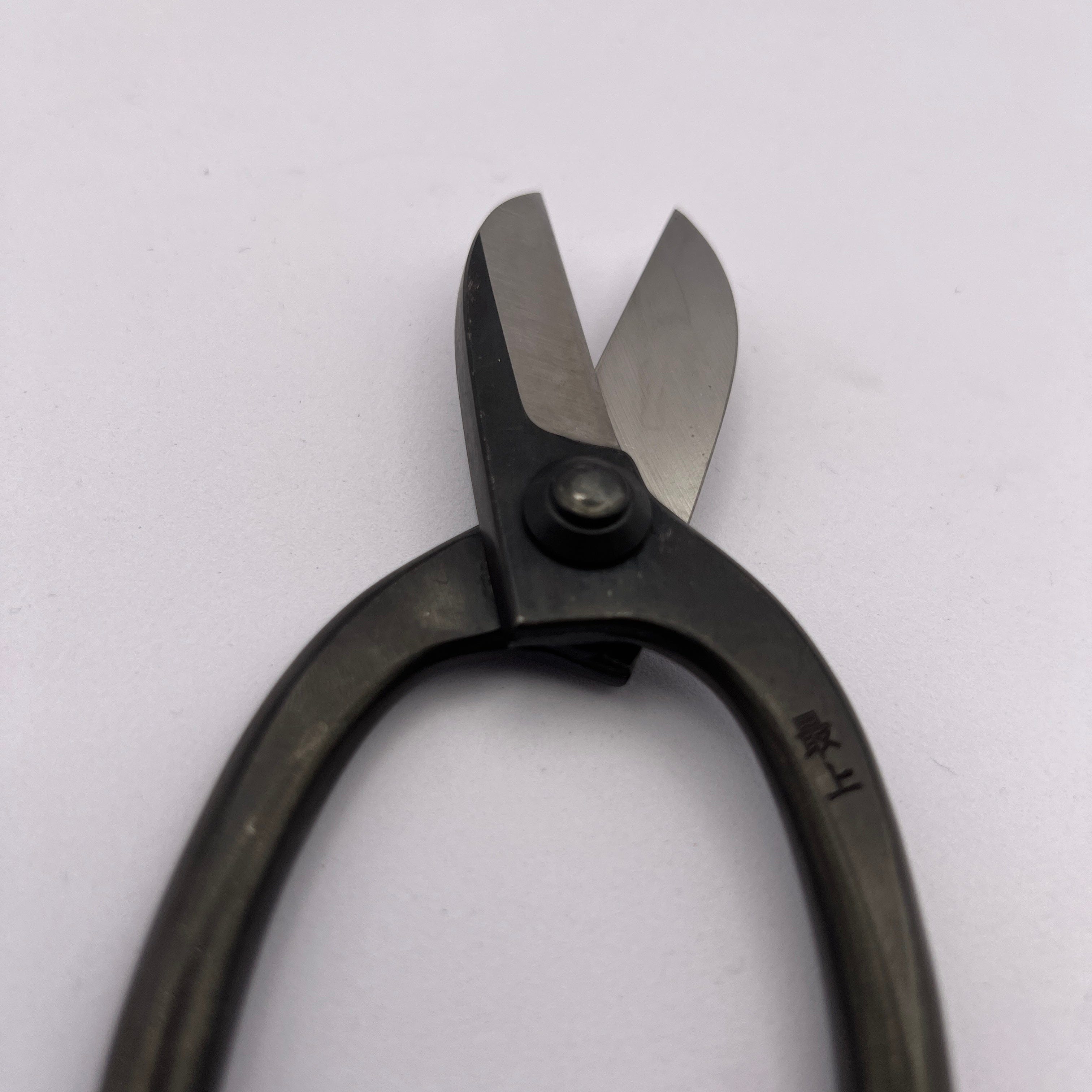
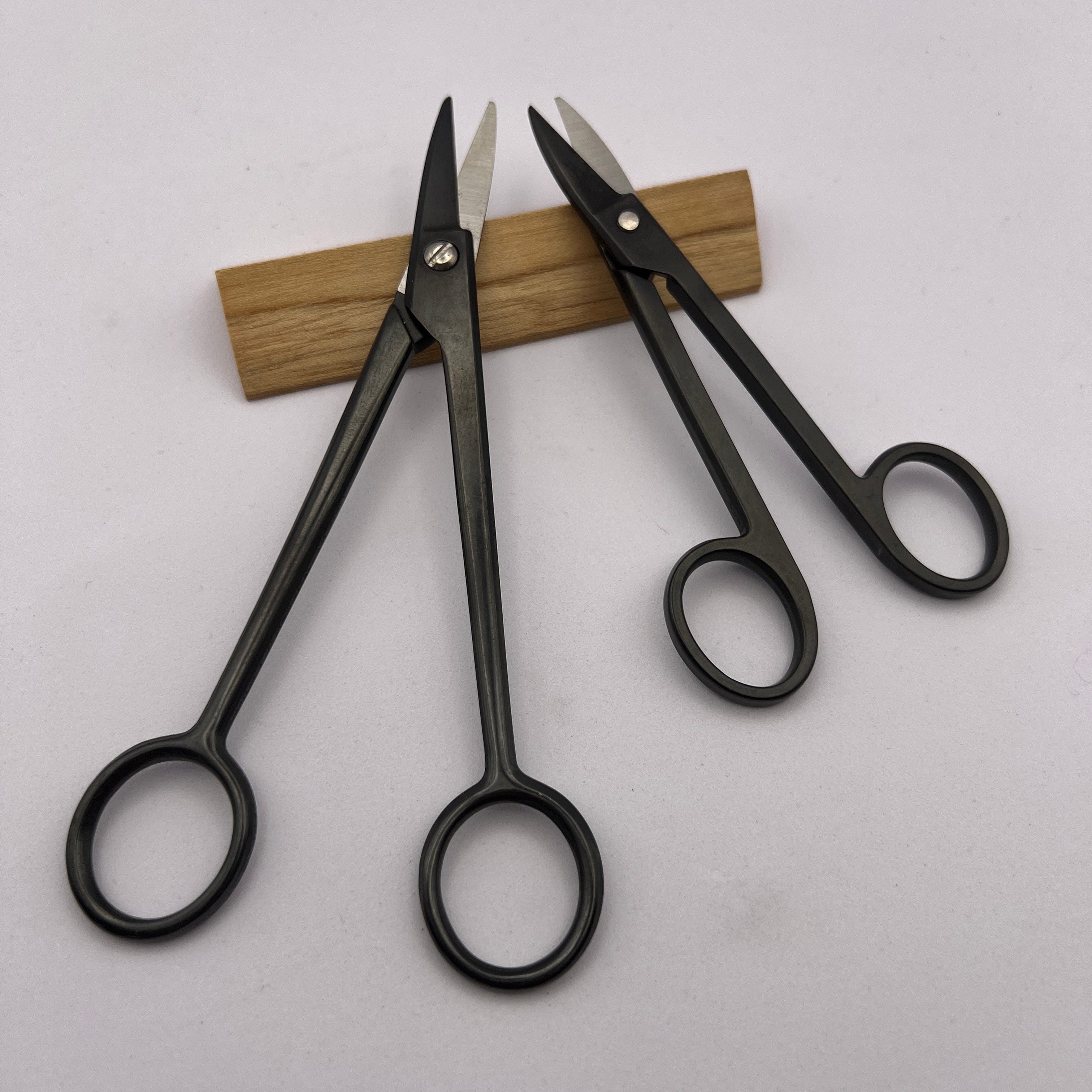

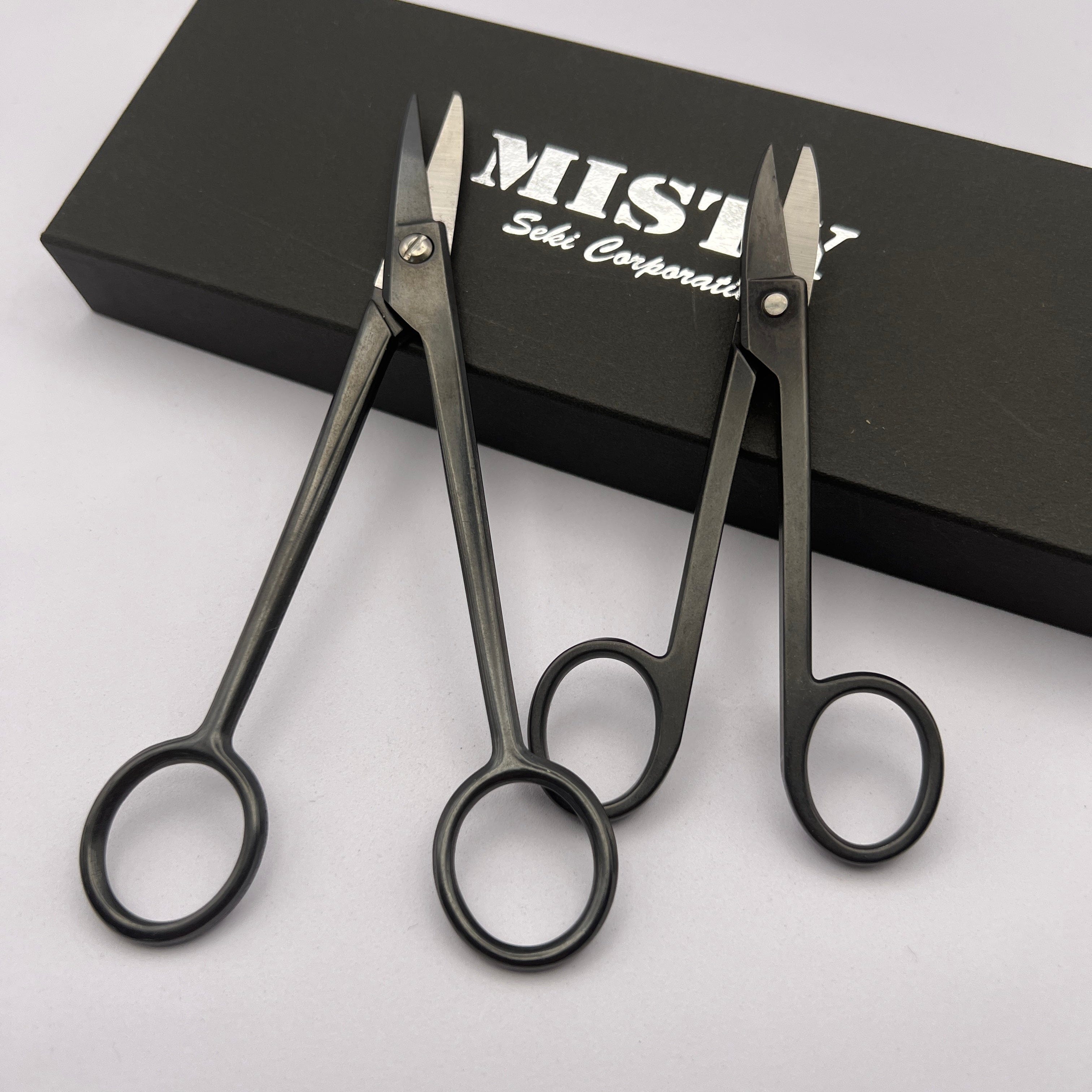
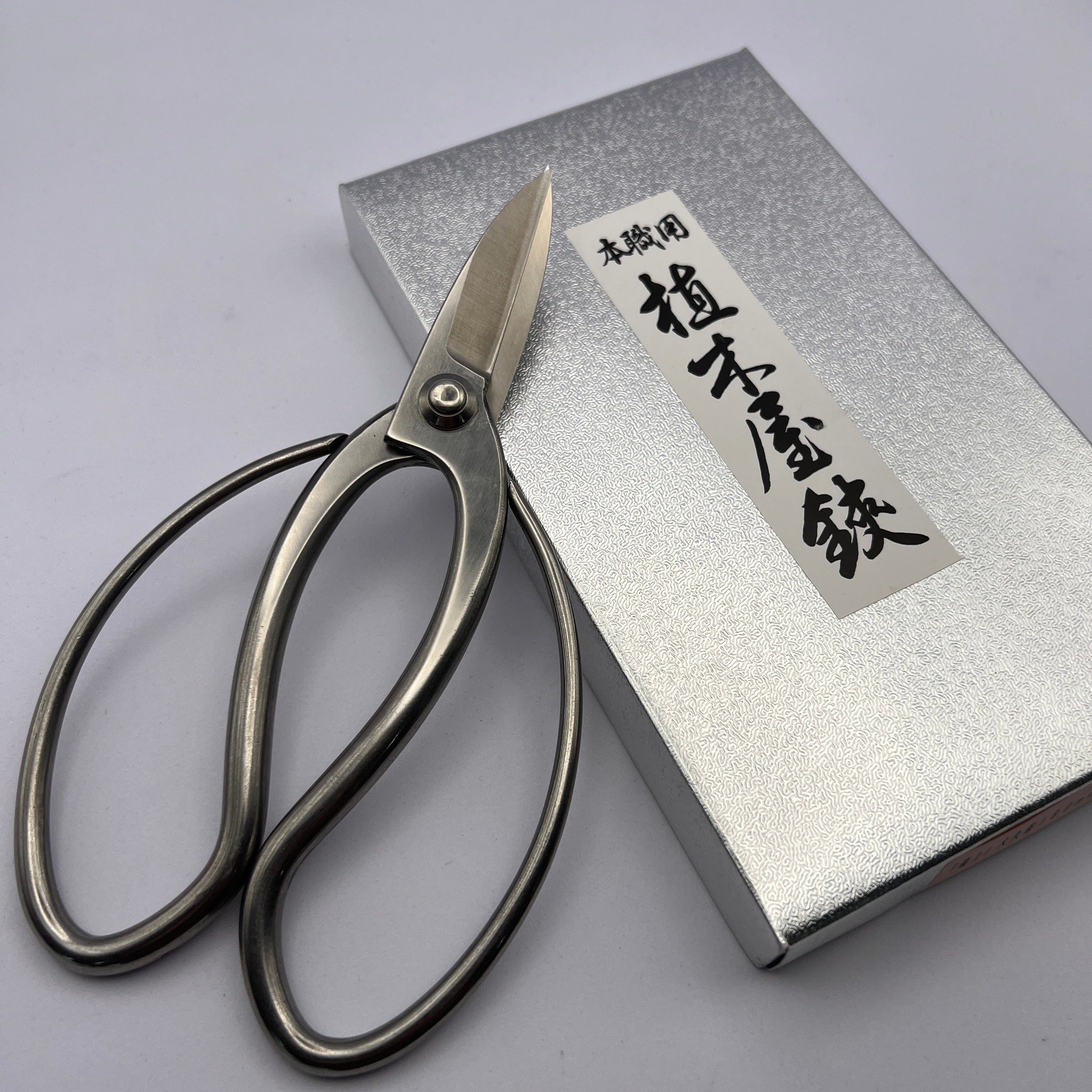
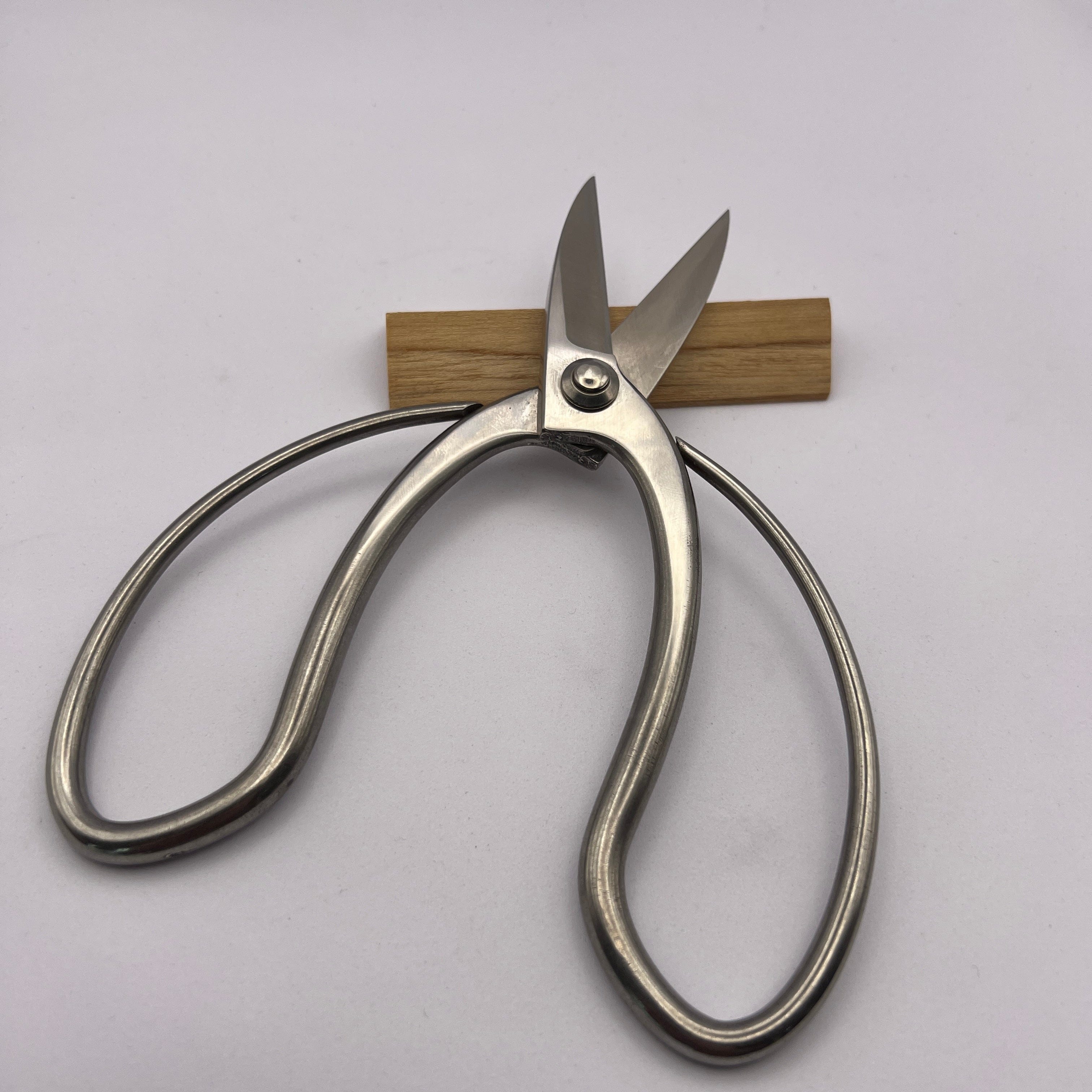
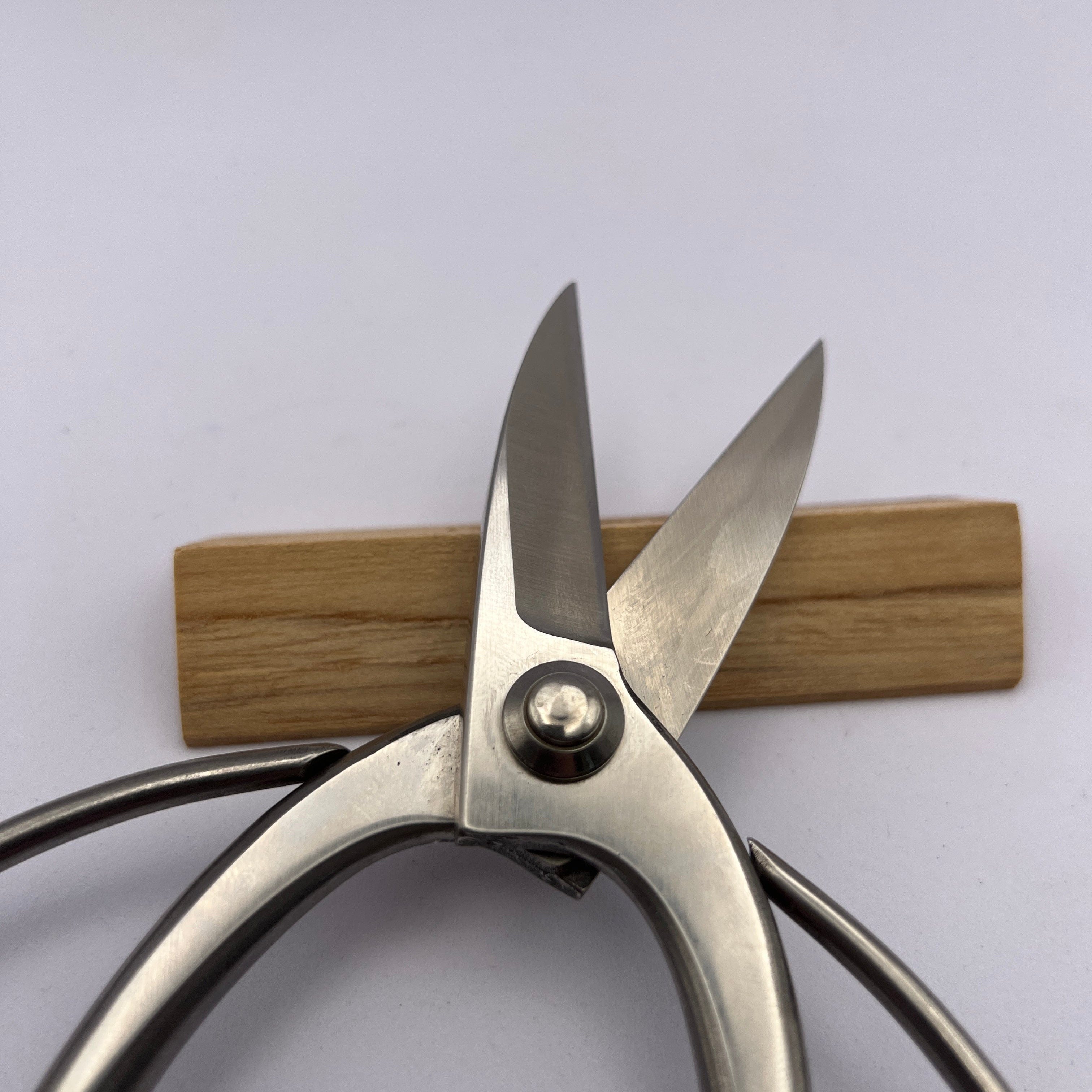
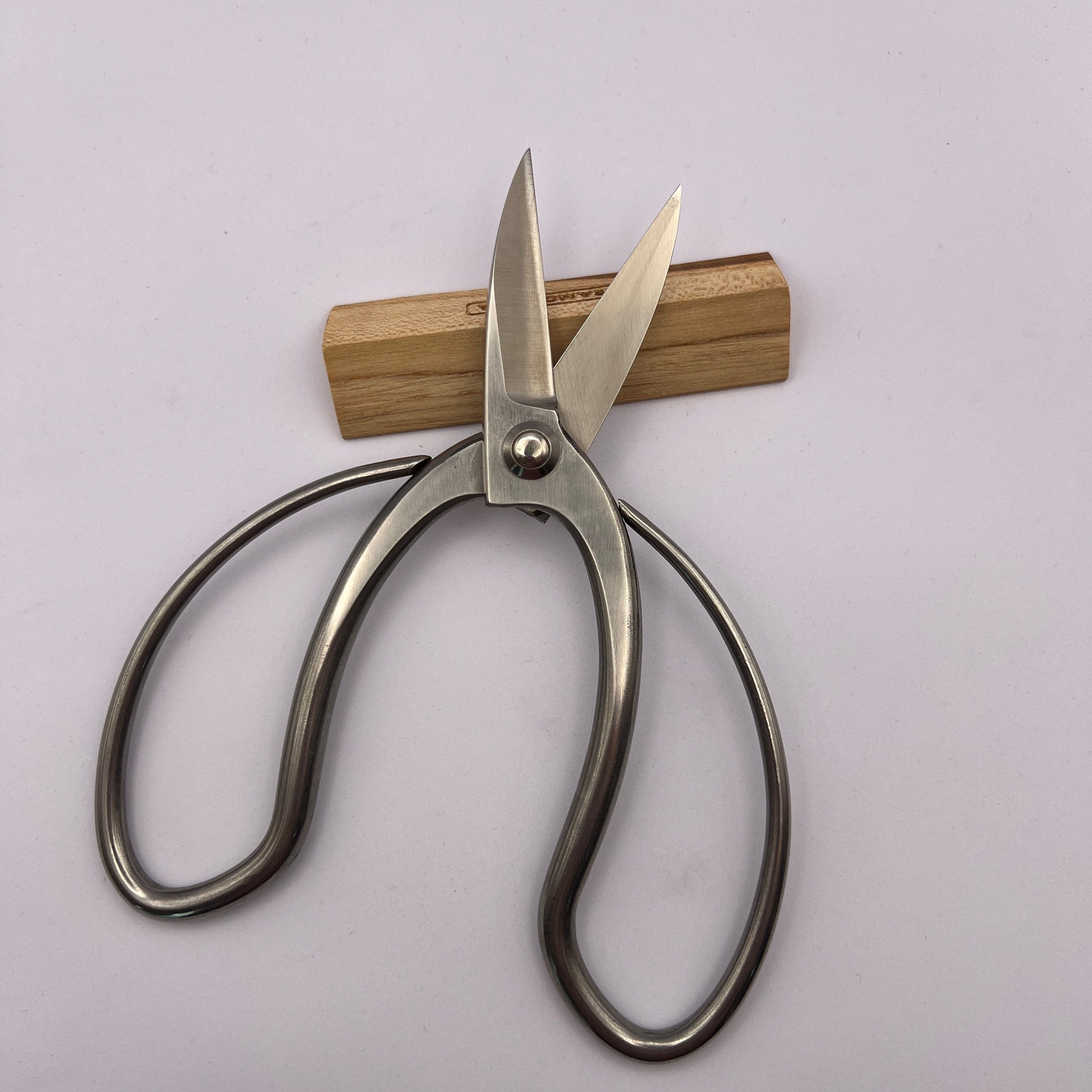
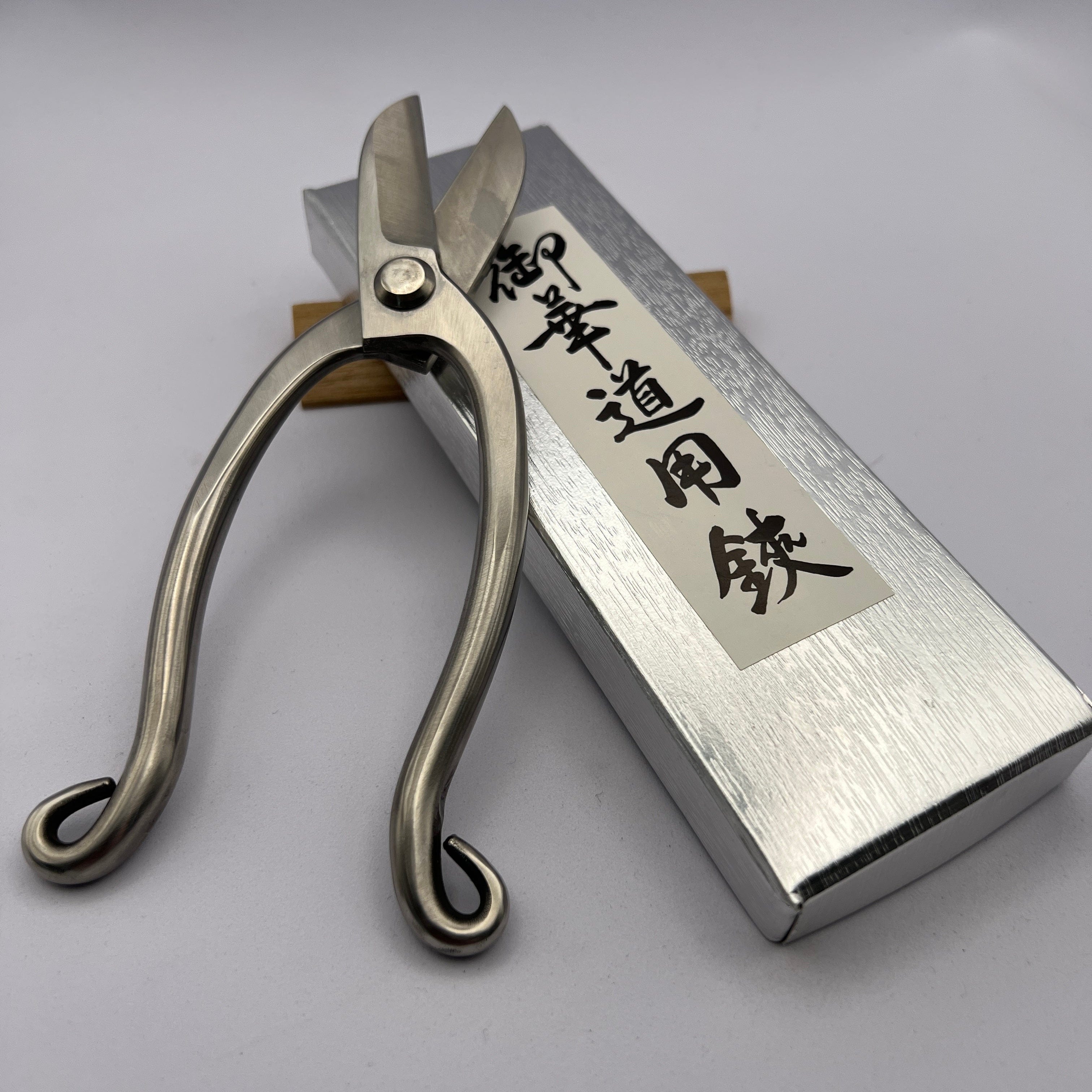
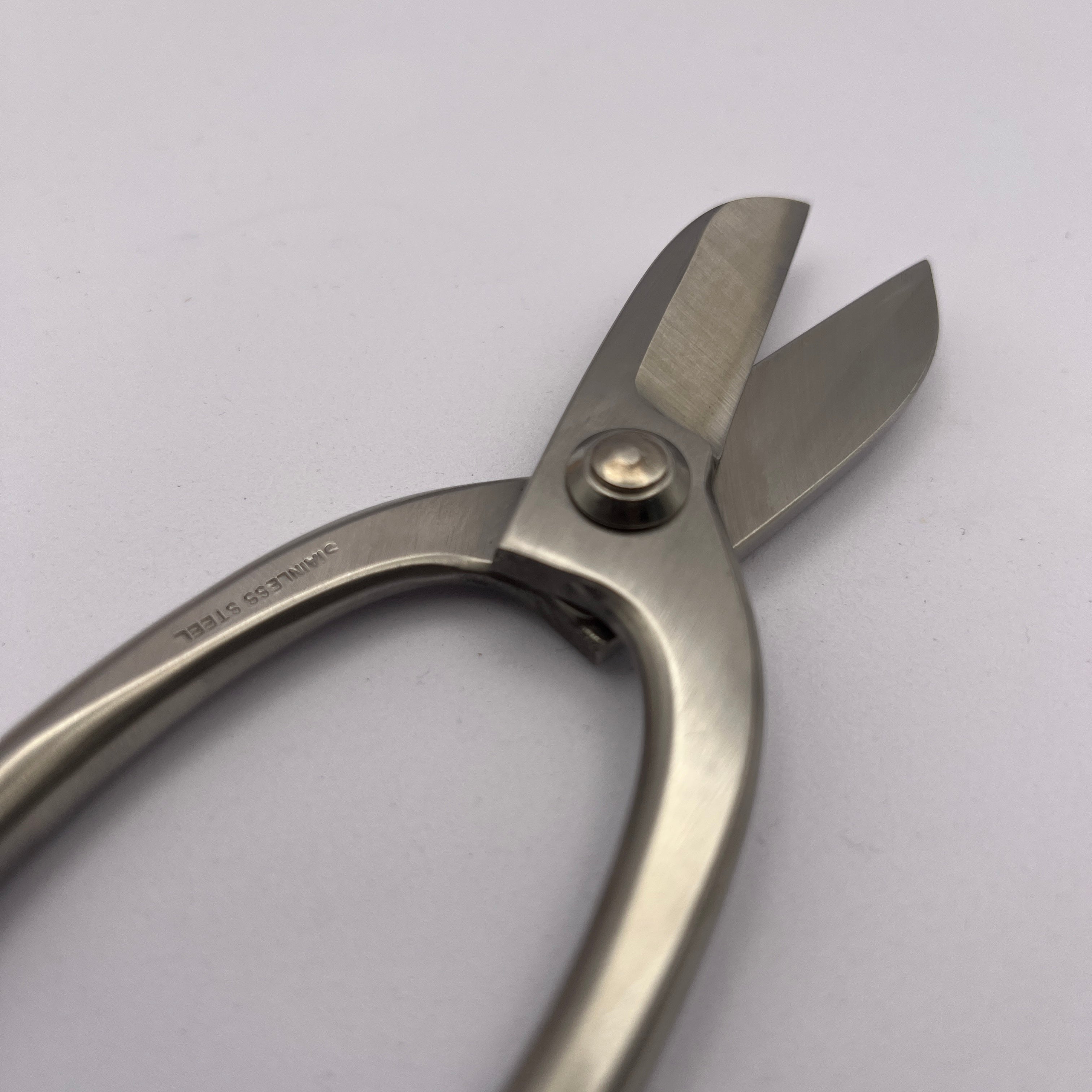

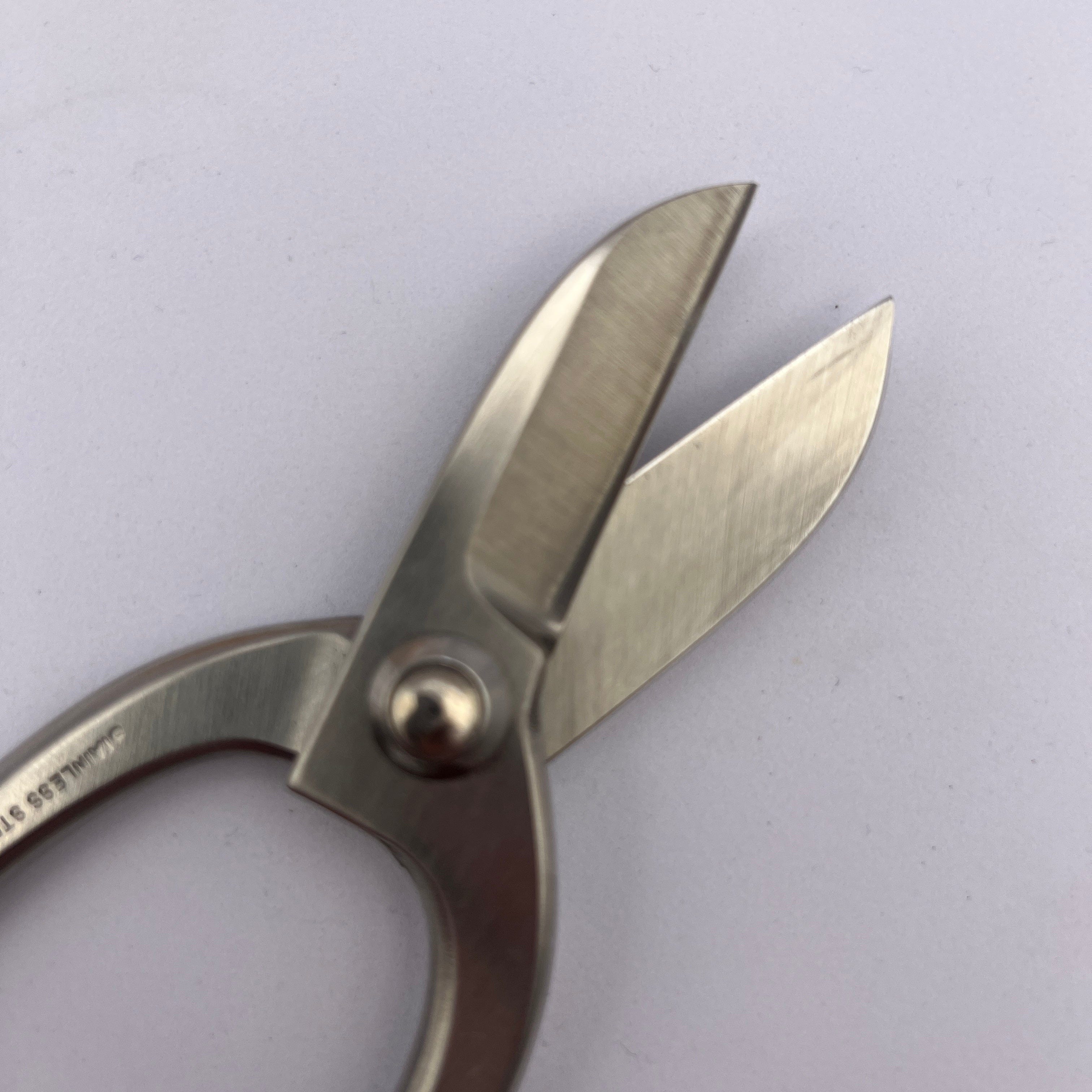
Share: